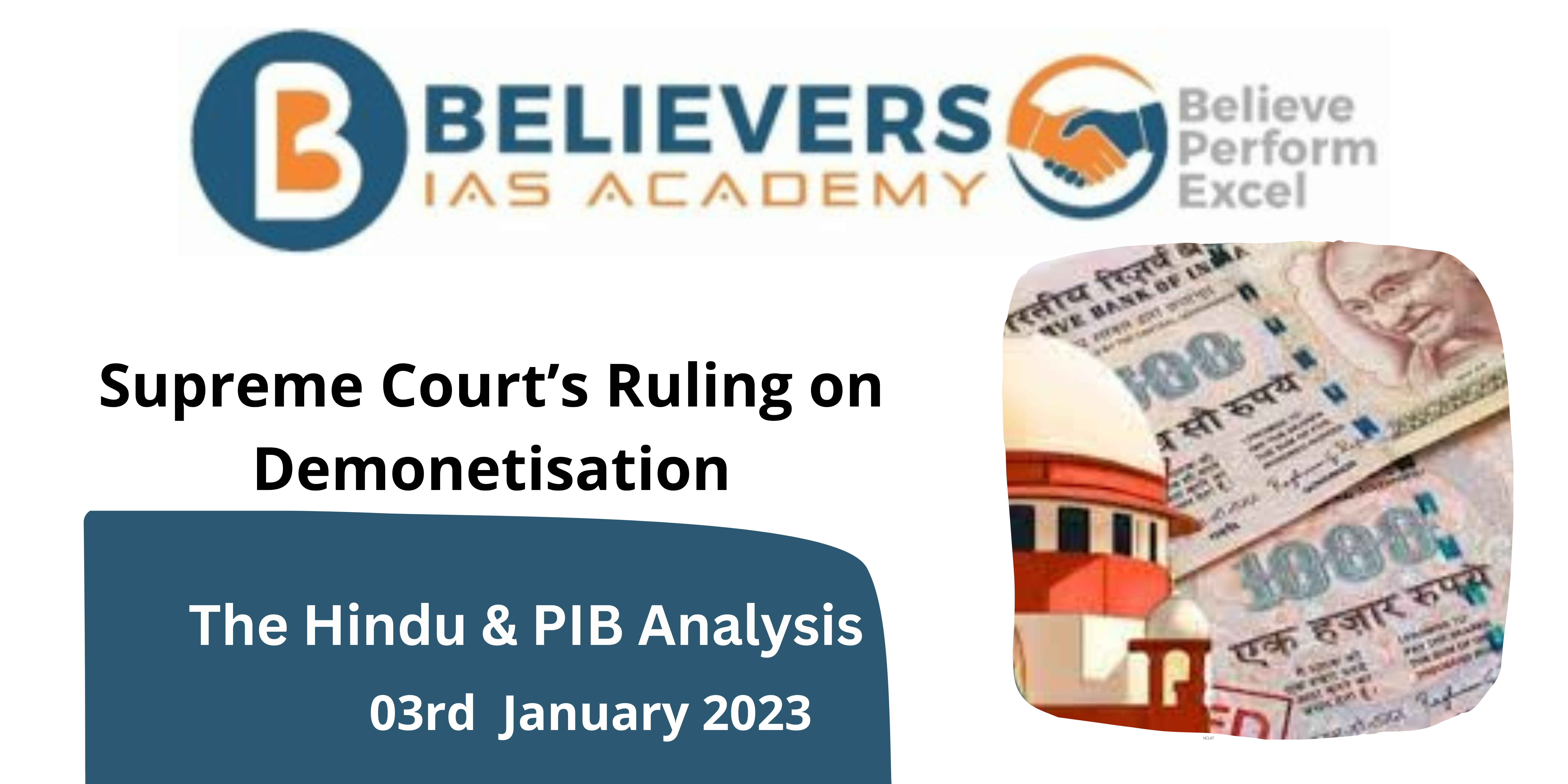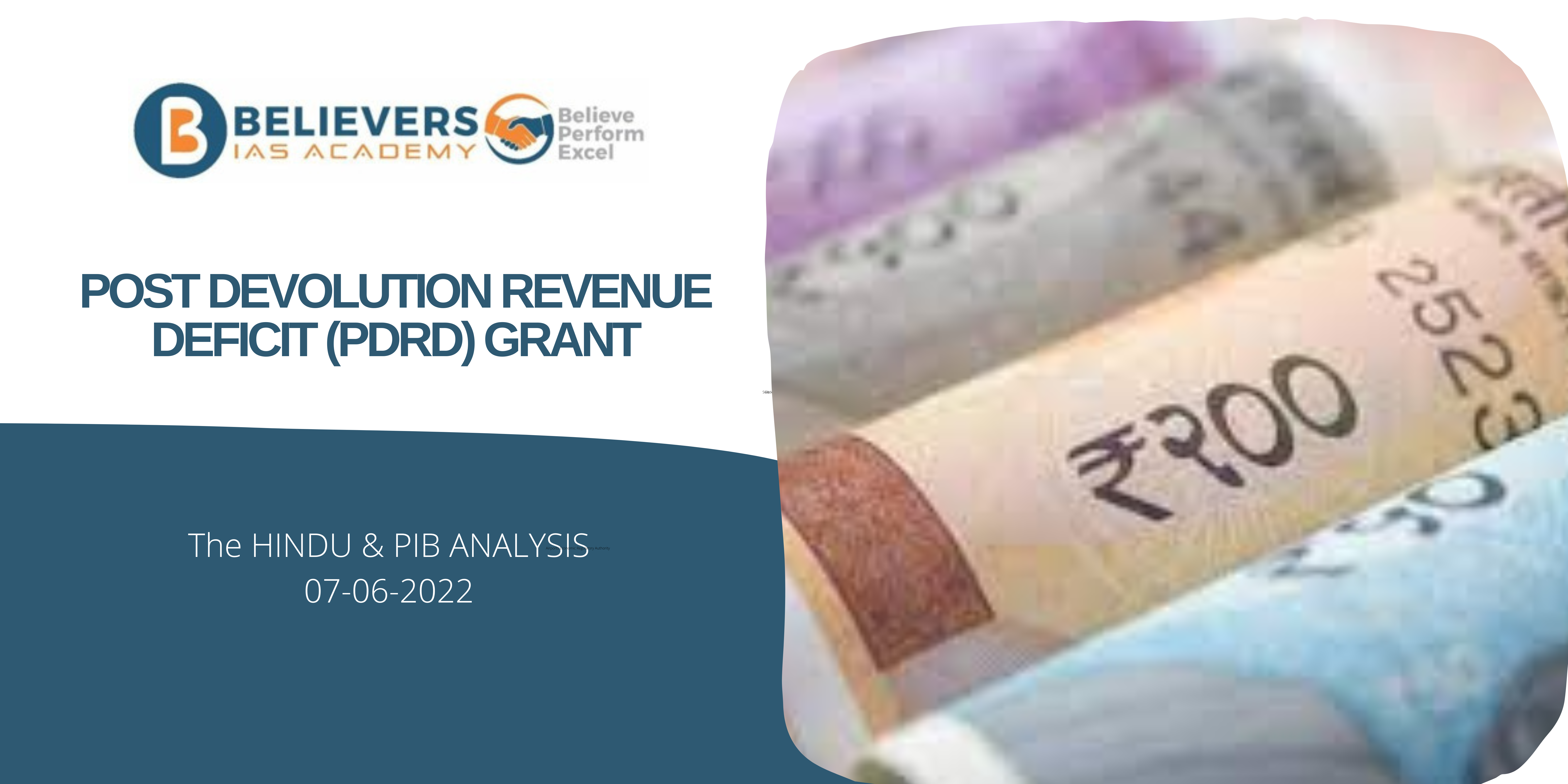Supreme Court’s Ruling on Demonetisation
Context:
- A majority of four judges on a Constitution Bench of the Supreme Court recently found no flaw in the Union government’s process to demonetise ₹500 and ₹1,000 banknotes through a Gazette notification issued on November 8, 2016.
What is Demonetisation?
- It is the act of stripping a currency unit of its status as legal tender. It occurs whenever there is a change of national currency and the current form or forms of money is pulled from circulation and retired, often to be replaced with new notes or coins.
What are the Objectives?
- To prevent the use of large denomination notes for illicit transactions and so reduce the pervasive usage of black money.
- To promote the formalisation of the economy, promote the digitization of business transactions, and increase tax revenues for the government.
- The formalisation of the economy entails placing businesses under the control of the government and subject to regulations.
What is the latest stand of Supreme Court?
- On Monday, a Constitution Bench of the Supreme Court’s majority of four judges concluded that the Union government’s procedure for demonetizing the 500 and 1,000-rupee notes through a Gazette notification published on November 8, 2016, lacked any flaws.
- Justice B.V. Nagarathna, the only female judge on the five-judge panel, disagreed with the majority and said that the government’s notification made in accordance with Section 26(2) of the Reserve Bank of India (RBI) Act was illegal.
What is the issue?
- According to Justice Nagarathna, the Central Board of the RBI could only have recommended that a certain series of banknotes be demonetized for the Centre to be able to publish a notification under Section 26(2).
- Here, in 2016, the government, not the Central Board, had started the demonetization process.
Source The Hindu
For more updates, Click Here




